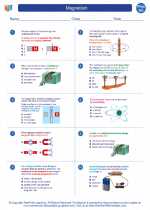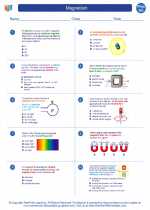Middle Ages
The Middle Ages, also known as the medieval period, is a historical era that spans from the 5th to the 15th century. It is commonly divided into three sub-periods: the Early Middle Ages, the High Middle Ages, and the Late Middle Ages.
Key Concepts
- Feudalism: A social and economic system where land is exchanged for military service and protection.
- Manorialism: An economic system based on the manor, an estate controlled by a lord, where peasants worked the land.
- Chivalry: The medieval knightly system with its religious, moral, and social code.
- The Crusades: A series of religious wars sanctioned by the Latin Church in the medieval period.
- The Black Death: A devastating global epidemic of bubonic plague that struck Europe and Asia in the mid-14th century.
Key Figures
- Charlemagne: King of the Franks who united much of Western Europe during the Early Middle Ages and became the first Holy Roman Emperor.
- William the Conqueror: The first Norman King of England, reigning from 1066 until his death in 1087.
- Joan of Arc: A peasant girl who, believing that she was acting under divine guidance, led the French army to victory over the English during the Hundred Years' War.
Study Questions
- Explain the feudal system and its impact on medieval society.
- Discuss the role of the Catholic Church in the Middle Ages.
- What were the main causes and effects of the Crusades?
- Describe the impact of the Black Death on Europe.
- How did the role of women change during the Middle Ages?
[Middle Ages] Related Worksheets and Study Guides:
.◂Physics Worksheets and Study Guides High School. Magnetism
The resources above cover the following skills:
Concepts of Physical Science (SB1, SB2, SB3, SB4)
The student demonstrates an understanding of the structure and properties of matter by describing atoms and their base components (i.e., protons, neutrons, electrons).
Concepts of Physical Science (SB1, SB2, SB3, SB4)
The student demonstrates an understanding of the structure and properties of matter by using the periodic table to describe atoms in terms of their base components (i.e., protons, neutrons, electrons).



